
Original price was: £145.99.£25.00Current price is: £25.00.
Behringer TM300 Tube Amp Modeler Pedal Price comparison



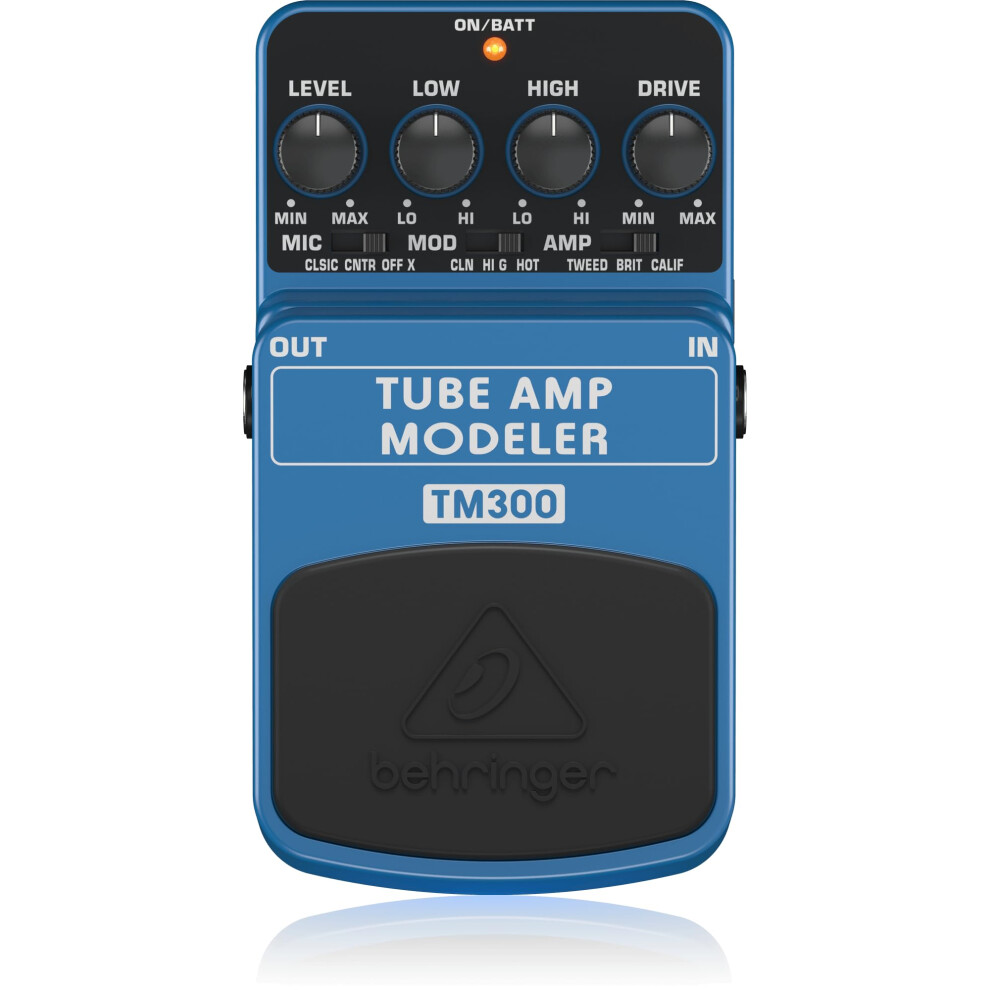
- All prices mentioned above are in United States dollar.
- This product is available at Muziker.com, OnBuy.com.
- At muziker.co.uk you can purchase Behringer TM 300 Guitar Effect for only $35.95 , which is 40% less than the cost in OnBuy.com ($59.60).
- The lowest price of Behringer TM300 Tube Amp Modeller was obtained on November 13, 2025 11:19.
Behringer TM300 Tube Amp Modeler Pedal Price History
Behringer TM300 Tube Amp Modeler Pedal Description
Behringer TM300 Tube Amp Modeler Pedal: Your Ultimate Tone Companion
The Behringer TM300 Tube Amp Modeler Pedal is a powerful and versatile tool for guitarists seeking to enhance their sound. This pedal seamlessly combines multiple amp models, enabling players to achieve their desired tone without the need for expensive equipment. Whether you’re a beginner or a pro, the TM300 can transform your musical experience.
Key Features and Benefits of the Behringer TM300
- Multi-Amp Simulation: With the TM300, you can switch between different tube amp models. This feature allows you to experiment with diverse sounds, making it easier to find your perfect tone.
- Compact Design: Weighing in at just 11.6 ounces and measuring 2.76 x 2.13 x 4.84 inches, this pedal is highly portable. It’s perfect for gigging musicians who need a lightweight solution without sacrificing sound quality.
- Analog Signal Format: The TM300 utilizes analog technology, ensuring warm, rich tones that digital models often lack. This pedal delivers a natural sound that will make your music stand out.
- Battery Powered: You can easily power the TM300 with a single 9V battery. This convenience means you can take it anywhere and play without being tethered to a power source.
- Durable Construction: Designed to withstand the rigors of stage life, the Behringer TM300 is built to last. The robust design ensures that it can handle the demands of both touring and practice sessions.
Price Comparison Across Different Suppliers
The price of the Behringer TM300 Tube Amp Modeler Pedal varies across various retailers. Comparing prices can help you find the best deal. Prices typically range from $49.99 to $69.99 depending on the retailer. Certain suppliers may offer seasonal discounts or bundle deals, further enhancing value. To get the best price, check out our comparison tool to see current rates from multiple suppliers.
Price Trends Over the Last Six Months
The 6-month price history for the TM300 shows some interesting trends. Initially, prices peaked around $69.99 before gradually dropping. In recent weeks, the average price has settled at $54.99, making it an excellent time to make a purchase as the demand stabilizes. This price analysis highlights the benefits of acting quickly to secure a favorable deal.
Customer Reviews: What Users Are Saying
Overall, the Behringer TM300 has received positive feedback from guitarists. Customers rave about its versatility and ease of use. They appreciate the variety of amp models, allowing them to tailor their sound for different genres, from blues to rock. Many users particularly love the warm tones produced by the analog circuitry.
However, some reviewers note that the pedal can be sensitive to settings, requiring a bit of tweaking to achieve the desired tone. While most find it an effective solution for practicing at home or during performances, a few users have reported minor issues with battery life.
Explore Unboxing and Review Videos
If you’re curious about the Behringer TM300 Tube Amp Modeler Pedal, many YouTube creators have shared unboxing and review videos. These videos offer an in-depth look at the pedal’s features, sound samples, and user experiences. Watching these videos can provide valuable insight and help you make an informed decision before purchasing.
Final Thoughts: Is the TM300 Right for You?
With its impressive features and competitive pricing, the Behringer TM300 Tube Amp Modeler Pedal stands out as an excellent option for musicians looking to enhance their sound. Its portability, versatility, and analog warmth make it a must-try for anyone serious about their music. Whether performing live or practicing at home, this pedal can take your guitar playing to new heights!
Discover the best prices and compare options today! Compare prices now!
Behringer TM300 Tube Amp Modeler Pedal Specification
Specification: Behringer TM300 Tube Amp Modeler Pedal
|
Behringer TM300 Tube Amp Modeler Pedal Reviews (10)
10 reviews for Behringer TM300 Tube Amp Modeler Pedal
Only logged in customers who have purchased this product may leave a review.

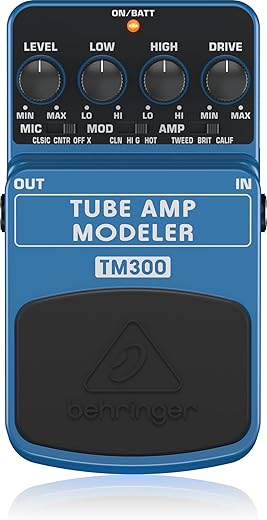
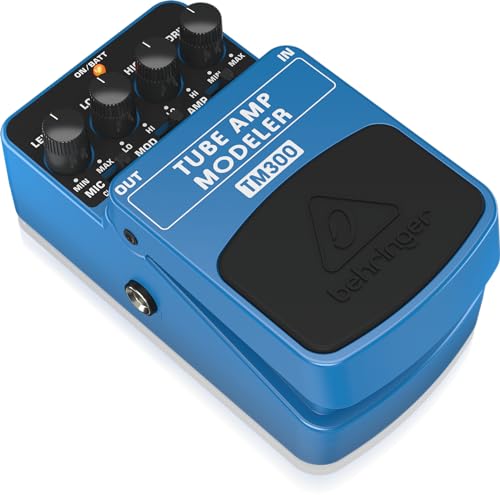
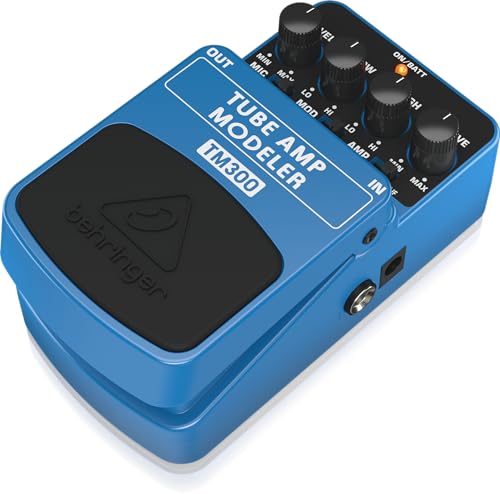
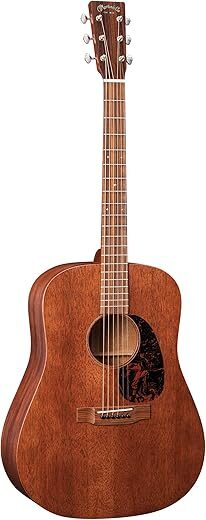

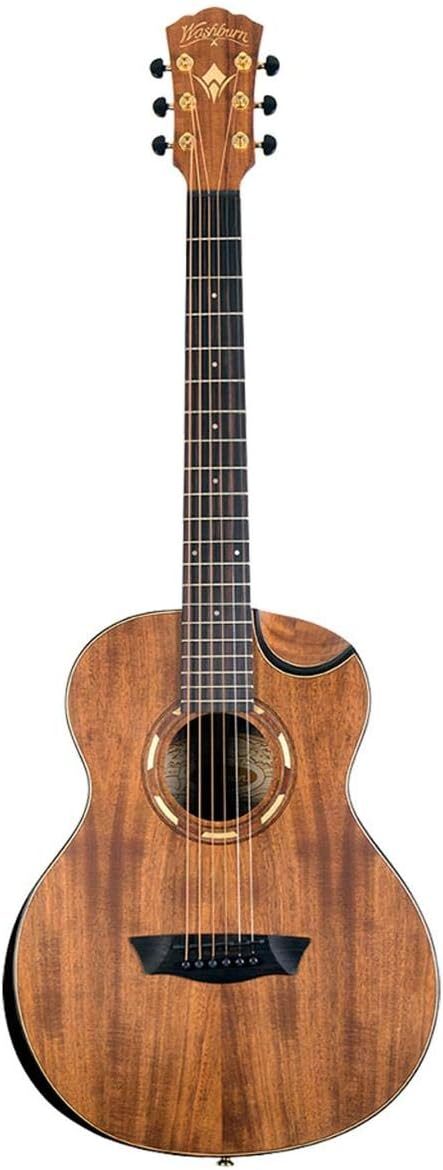
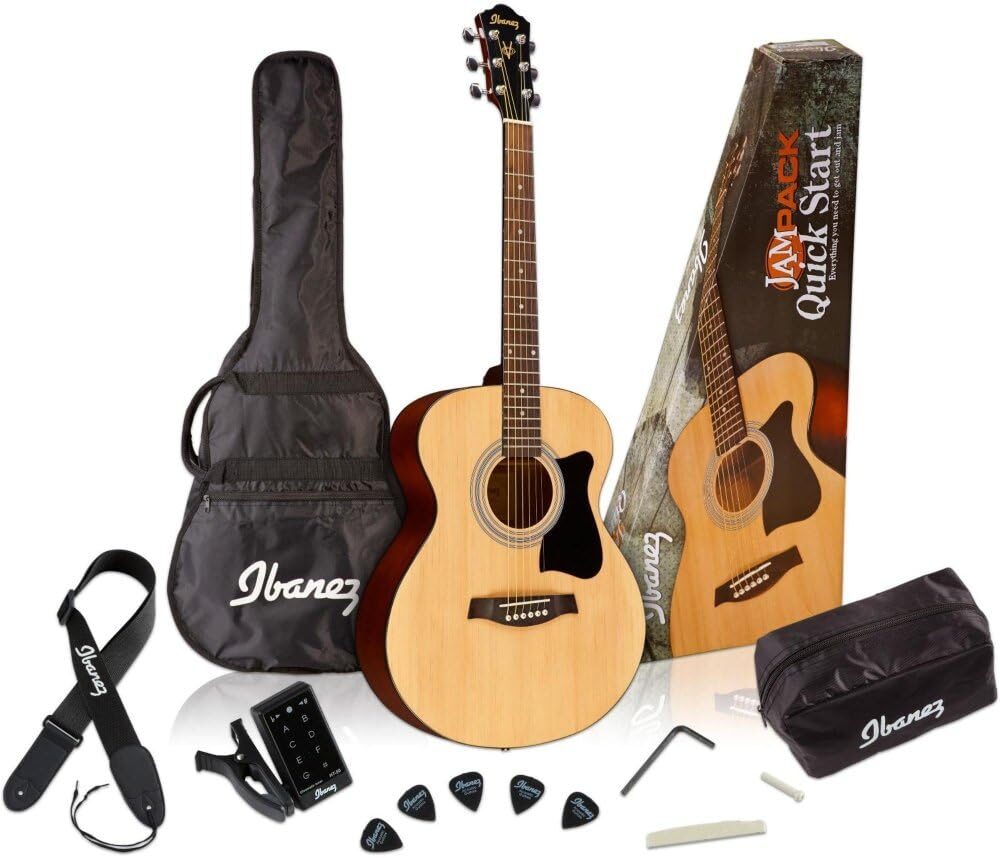
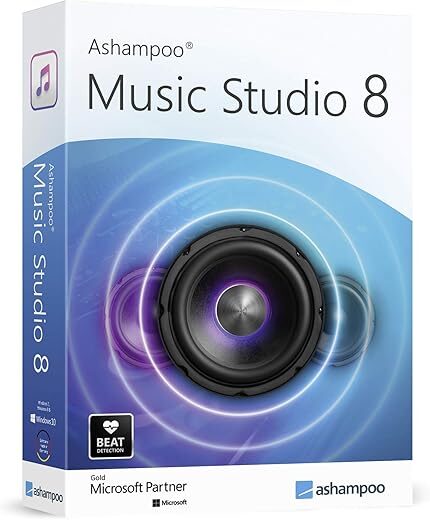
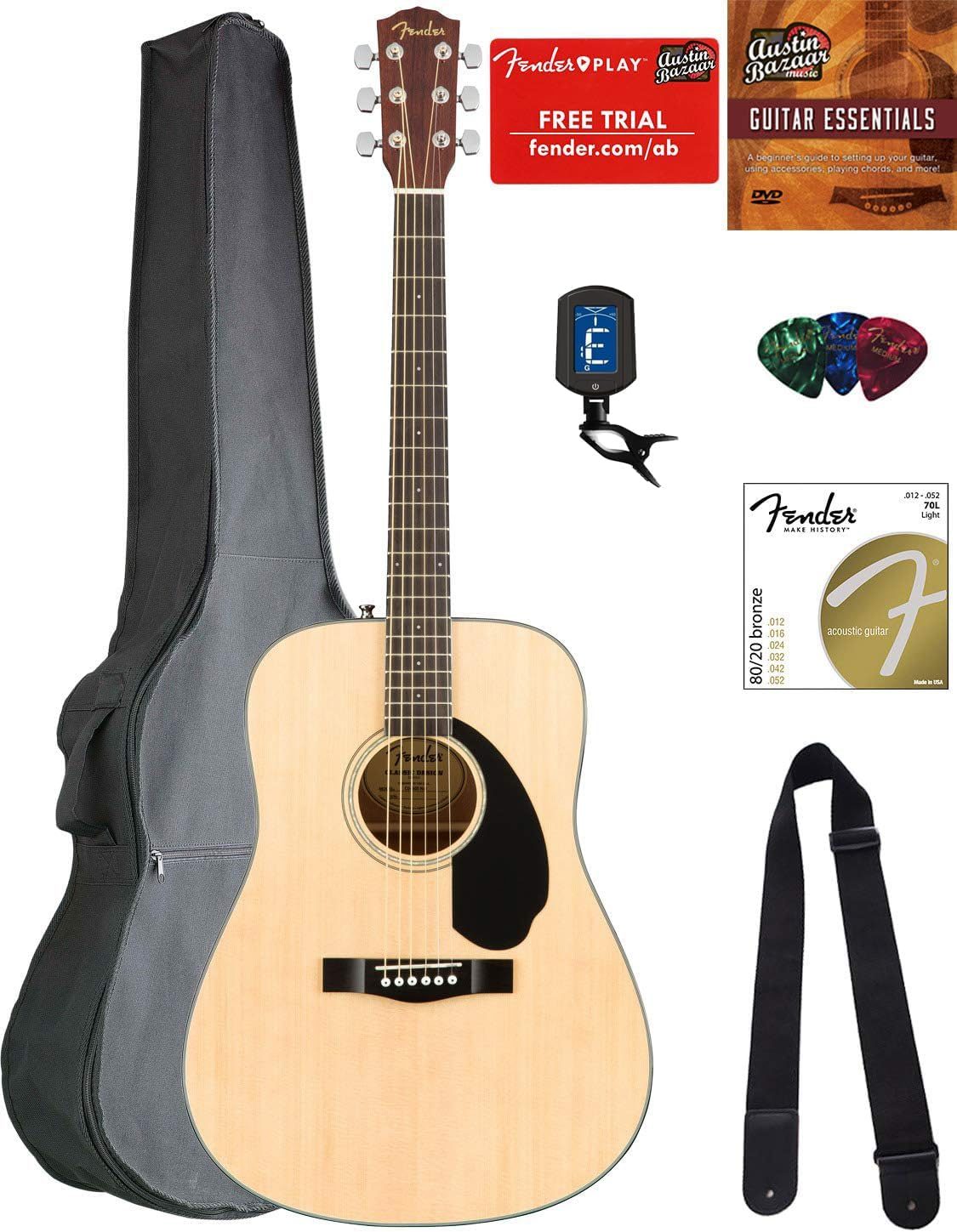
Renaldo –
Why I purchased is the price, the price and the price. It has a lot of features and replaced several of my other Behringer pedals as it has better crunch, overdrive, distortion with some trem and reverb going on. But… the hiss, really has a bad case of it. Behringer has the nerve to sell a noise reducer, wonder why? Anyways, I do recommend this pedal because of the many sounds you can get from this single pedal. Much better than their ultra metal and super fuzz that I purchased along with this one. But that’s just my opinion, you may have different results with your equipment. I only use it for practice so good with that.
lamberto –
Je m’en sers régulièrement pour m’éviter de transporter mon gros ampli en Rack. Au début, utilisée uniquement pour les répétitions mais cette pédale reproduit tellement bien mon son à lampe qu’elle m’accompagne même dans les enregistrements et les concerts.
Franchement, 29 euros pour un son pareil c’est incroyable. Pour ce prix elle est forcément en plastique mais il suffit juste de ne pas lui mettre des coups de pieds .
Alberto Pascual Abadía –
Ya lo tenía. Volví a comprarlo porque es barato y tener de repuesto, ya que es parte esencial de mi pedalboard. Da igual a qué ampli lo enchufes, hará que suene espectacular. Hasta hace sonar increíble amplia de pilas de práctica 🙂
Amazon Customer –
I play small gigs and this pedal has been nothing but impressive. Good tone, easy to use, and overall incredible value for the price.
Steve Conell –
Great sounding pedal. There is nothing with behringer pedals. I have several of them and all work well and sound great. Some complain about it being made of plastic material but that’s one of the reasons to help keep cost down. I have the chorus pedal for years and never had an issue with it. Will buy more behringer pedals when needed for sure.
Vishal –
Behringer gives really great sounds for the low price. This pedal gives a total of 27 different tube amp sounds of 3 main amps
1)Tweed (Fender Twin Reverb)
2) Brit
3) Cali
It has many other tube modellers which alters the way you want the sound as
If you want a low output consider getting a noise gate with it as I paired with a 40W bass amp (gives a really great sound tbh) the output volume is quite high even at 10% so consider getting a noise gate if you have a medium wattage amp and don’t want to disturb the house. Overall I’d give a 4.5/5 for this pedal. It’s true that Boss gives a better sound but if you have a budget concern and want to get a great tone out of it this is the pedal.
PS I run this through a Squier Affinity strat hooked up to a Stranger PM40 bass amp(mostly I play bass) and it gives me a great tone.
Charlie –
Great bang for the buck clone of a Tech 21 GT-2. This pedal does not have the build quality of the GT-2 but the controls are identical and it sounds darn good (especially for the pocket change they charge). I have not done a gut-shot comparison of the two pedals so I can not comment on how close the actual circuits and components are. The TM300 is more than just a distortion box. It’s more like a preamp. I find that it does a very convincing mid scooped Twin type of clean as well as a decent Marshall type growl. I find the Mesa to be the least authentic though it is not an unpleasant distortion by any means- it just doesn’t sound like a Mesa imho. If you are looking for triple rec distortion there are probably better dirt boxes for that. I actually have the same criticism of my Tech 21 Tri-AC (really excellent pedal!) The TM300 works well running into an amp and because it can simulate a mic’d cab it can also be run directly into a PA or mixer and bypass the amp completely. This thing actually takes other pedals reasonably well. It can really breath new life into a mediocre practice amp (or any solid state). It can also be stowed in a bag easily enough so that you don’t have to lug a backup amp to gigs. I find it much more realistic sounding than digital modelers but it doesn’t quite 100% replicate the sound and touch sensativity of a tube amp being pushed (they haven’t invented that yet in my opinion). It doesn’t replace a tube amp for me personally but if you are contemplating running straight into the PA because lugging your amp is impractical this is a no-brainer. Five stars for what it does at this price. If you are a hobbyist or weekend warrior this pedal will cover the bases. If you make your living doing live performances (or if price is not factored into your decision making) I would advise you to pony up the extra money for the Tech 21 product because their overall build quality is much higher (with regards to the enclosure, switch, knobs, jacks), their customer service is top-shelf and they are engineered/manufactured right in NYC. I own three Tech 21 pedals and previously owned their Trademark 60 amp and I can attest to the difference in overall build quality between their products and Behringer’s. Sound-wise they are very very similar though and I DO have much love for these inexpensive Behringer pedals. I own close to a dozen of them and I have not encountered a single malfunction in more than 2 years.
William –
Sadly they discontinued the amp sim pedal with the XLR out, but to be honest side by side this one sounds identical even without the balanced out. I run my keyboards into these before going to the mixing board and they are Amazing. Better than any amp simulator, pedal or rack, I have ever used. It sits on top of the mixer and is always on when everything gets turned on so I don’t know about durability or live use, though I would for sure use it live as a regular pedal. I have found Behringer foot switches to be on the extremely cheap side. If I had to stop on this constantly I would get something else, but this is not an on/off type of effect for me. Behringer did a Great job on this one and it really brings my sound to Life. Highly recommend, good seller, fast ship.
澤井達夫 –
直ぐに自分の音が作れました。
コスパ高いです。オススメの歪ペダルです。
David Field –
If you want a quick review of this pedal (the Behringer TM300) let’s just say it might work for you but be prepared to send it back.
I’m trying to sell a keyboard amplifier combo that has 65 W, with a 15 inch speaker and a horn tweeter (it’s a Peavey KB-100). You can use it for keyboards, bass guitar, and vocals without changing anything about it. But because it’s a solid-state amplifier from around 1990 it doesn’t sound good with electric guitars. So I looked for a cheap pedal that would make the amplifier really howl.
This Behringer pedal, like most Behringer pedals, is a clone of a more expensive pedal. I believe it’s a copy of a Sans Amp GT-2, which costs typically close to $200. For around $25 it seems something that I should look into. It “changes” your amp into a Fender, Marshall, or Mesa Boogie. Since to get one of those amps would cost you probably over $1000, the $25 seemed reasonable.
The controls on the Behringer pedal let you choose between the three makes of amplifier I mentioned above, and there is a mic position switch, and three varieties of drive. As well as this there’s a volume control, bass and treble knobs, and a drive (distortion) knob, so you can dial in the exact sounds you like. I saw a YouTube demo of this pedal, and was very impressed.
When I received this pedal I tried it out and the first thing I noticed was an intrusive hiss. There are several solutions to this, but I was worried that the prospective purchaser would find the hiss annoying, and of course I had no idea which instrument they wanted to use it with. So in the end I wrapped it up and UPS came with a label to send it back to Amazon for a full refund.
I’d like to address some concerns that I see about Behringer pedals. The main criticism is that it costs too little “and it can’t be any good.” The electronics of today is different from those of yesterday. When you don’t have any development costs to design circuits, and you already have market research from companies like Boss, pedals can be cheap.
But the big cost saving in reproducing a pedal is modern assembly methods, particularly Surface Mount Technology (SMT). Because you don’t need human hands to assemble circuits, components can be very small. Circuits are put together by machine from spools of components at the rate of tens of thousands parts an hour and automatically tested.
Another issue with Behringer pedals is that “They’re plastic, so they’ll break.” There is a video on YouTube of a guy trying to destroy his pedal by kicking it across the room, throwing it what looks like a metal statue, and standing with both legs on the pedal. It still works. Think about the remote control for your TV – you sit on it, then push it down into the couch, and your dog decides it is a new dog toy. But usually when it fails, it’s not the case but the internal parts. I don’t see anyone advocating metal cases.
I was impressed by the thickness of the plastic of the pedal I had. I would use it to throw at the head of some dirty thief who stole my irreplaceable Squier Affinity Strat, and with the metal baseplate I’d use the pedal to hammer in nails. If you give it the slightest amount of respect it will last. If you’re intent on apeing that bats*** guitarist and jump on it, remember he probably has a whole boxfull of pedals and a roadie to swap them.
The only complain that affected me was installing the battery. Behringer uses this method in most of their stomp boxes, and it’s not obvious how to do it. Where the pedal pivots on the case there are black lugs on either side. Use a ballpoint pen tip to push these in, one at a time, and when each one is completely pushed in you should use your third hand to push the foot switch cover up and away.
Inside you can see the battery compartment with the connector for the nine-volt battery. Place the battery (that you supplied) into the compartment, connect it, and you’re all set. This sounds worse than it actually is (especially if you have a third hand), but my advice is to get the Behringer power adapter. With the adapter you have the space in the pedal for the battery to hold whatever you want, and no indication that you have a secret compartment. Do you get my drift . . . drift . . . drift?
I’m feeling a little guilty about returning this pedal – not because it was faulty (it was) but given a little more time and no prospective buyer to impress I might have been able to deal with the hiss. The amp I’m keeping is a solid-state Fender Princeton 65 (watts), and most people’s verdict on this is that it’s LOUD. I try to keep the volume down on it and also on my guitar. That means that the signal is not very loud, and so any extra noise from a pedal is noticeable.
So, had I not been pressed for time, I should have experimented with volume levels, particularly with my guitar. Any pedal that hisses or hums is going to sound worse with a low signal. Another fix would have been a noise gate. That’s a pedal that waits for a strong signal before it lets it on to your amp. Between songs your amp is silent, but when you play, a hiss or hum will sound from anything before the noise gate. Usually the guitar signal is so strong that it will drown out this extra noise.
So this hasn’t put me off Behringer pedals, and YouTube demos of the TM300 show it performs pretty well. If you’re concerned about getting a clone, almost every company has produced a pedal based on the circuit of Ibanez’s Tube Screamer under their own name. If you know exactly which make of amp you want to emulate you could use one of a range of Joyo pedals (JF-13 through 16) which reproduces the sound of one of the amps here (Fender, Marshall, Mesa Boogie, and on Joyo alone, Vox). These have only one company’s sound but a greater range of controls, are made of metal (for what that’s worth) and cost in the low end of the $30 range. Each of them has YouTube demos.
But I guess I was spoiled by getting the $50ish Zoom G1oN Guitar Floor Multi-Effects Pedal, which has far more effects, many different amp sounds, and is completely silent. I think we’ll see a Behringer competitor to the Zoom before too long, and I welcome the competition.